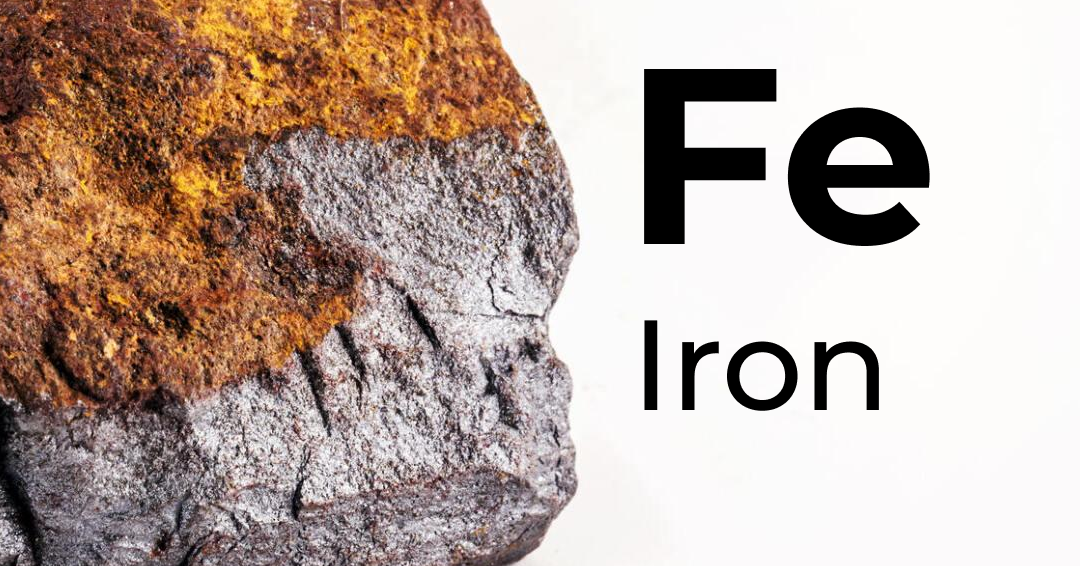
Iron is an essential micronutrient for cell energy and metabolism. Iron deficiency is the most common nutritional deficiency worldwide and can lead to decreased extracellular iron in the bone marrow and lower serum ferritin. This deficiency can adversely affect thyroid metabolism, particularly in reproductive-age women and pregnant women.
Relationship between Iron and Thyroid Hormones
Iron and thyroid hormone metabolism are closely related. Iron is important in the synthesis and metabolism of thyroid hormones, serving as a component of many enzymes involved in the process. Iron deficiency can cause abnormal functioning of the thyroid gland.
How do Iron Deficiency affect the Thyroid Function?
Several studies have shown that nutritional iron deficiency can significantly decrease circulating levels of thyroid hormones (T4 and T3). It can also reduce the peripheral conversion of T4 to T3. Hypothyroidism can lead to poor gut absorption due to decreased levels of digestive acids/enzymes, which can result in low iron levels or autoimmune conditions like celiac disease. Low iron levels may also be caused by menstrual irregularities in women, which are common in hypothyroidism.
Iron Deficiency Anemia and Thyroid Disease
Anemia is common in thyroid diseases, although the causative relationship between the two remains unclear. Thyroid hormones stimulate erythrocyte (RBC) precursor proliferation directly and erythropoietin (a hormone that stimulates RBC production), while iron-deficient anemia negatively influences thyroid hormone status.
Iron Deficiency and Fatigue
Research suggests that a significant percentage of people on levothyroxine (thyroid hormone replacement medication) experience chronic fatigue, often due to iron deficiency rather than anemia. This deficiency is often caused by an iron-poor diet that existed before the thyroid diagnosis.
Prevalence of Anemia in Hypothyroidism
Anemia is more prevalent in subclinical and overt hypothyroidism groups compared to the general population. Hypothyroidism is a risk factor for anemia, with the prevalence of anemia in subclinical hypothyroidism at 26.6% and in overt hypothyroidism at 73.2%.
Conclusion
Anaemia is common, especially in female populations, and the prevalence of hypothyroidism and other thyroid disorders has risen sharply in recent years. Simultaneous treatment of anemia and thyroid dysfunction is crucial, as one may cause the other. Early detection and management of iron deficiency anemia helps particularly given the elevated risk in individuals with subclinical hypothyroidism.
Int J Res Med Sci. 2021; 9(3):790-793
Frontiers in Endocrinology, February 2021 | Volume 12 | Article 629831
Polish Archives of Internal Medicine 2017; 127 (5): 352-360
15th International Thyroid Congress program and meeting abstracts. Thyroid. 2015; 25 Supp. 1: P1-A337
Int J Res Med Sci. 2023; 11(1):149-155.
J Evid Based Med Healthc, 2020; 7(47): 2349-2562.
